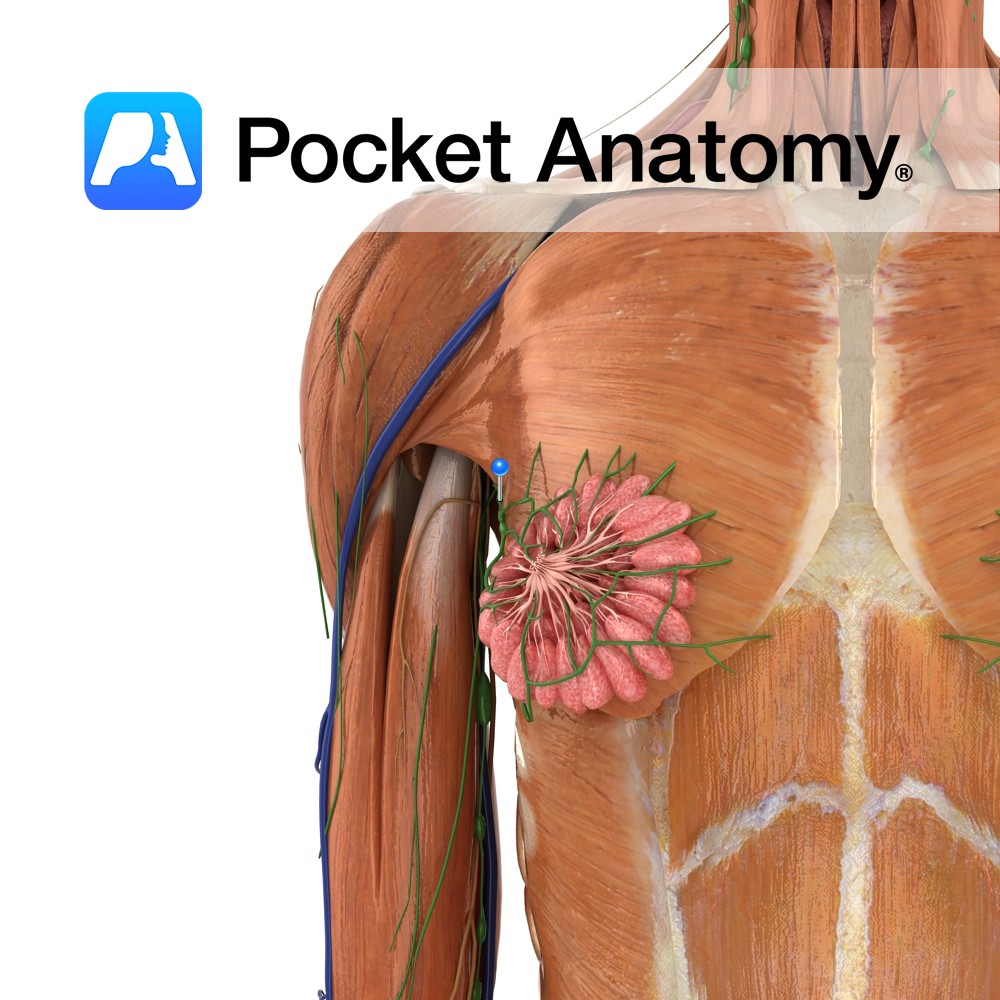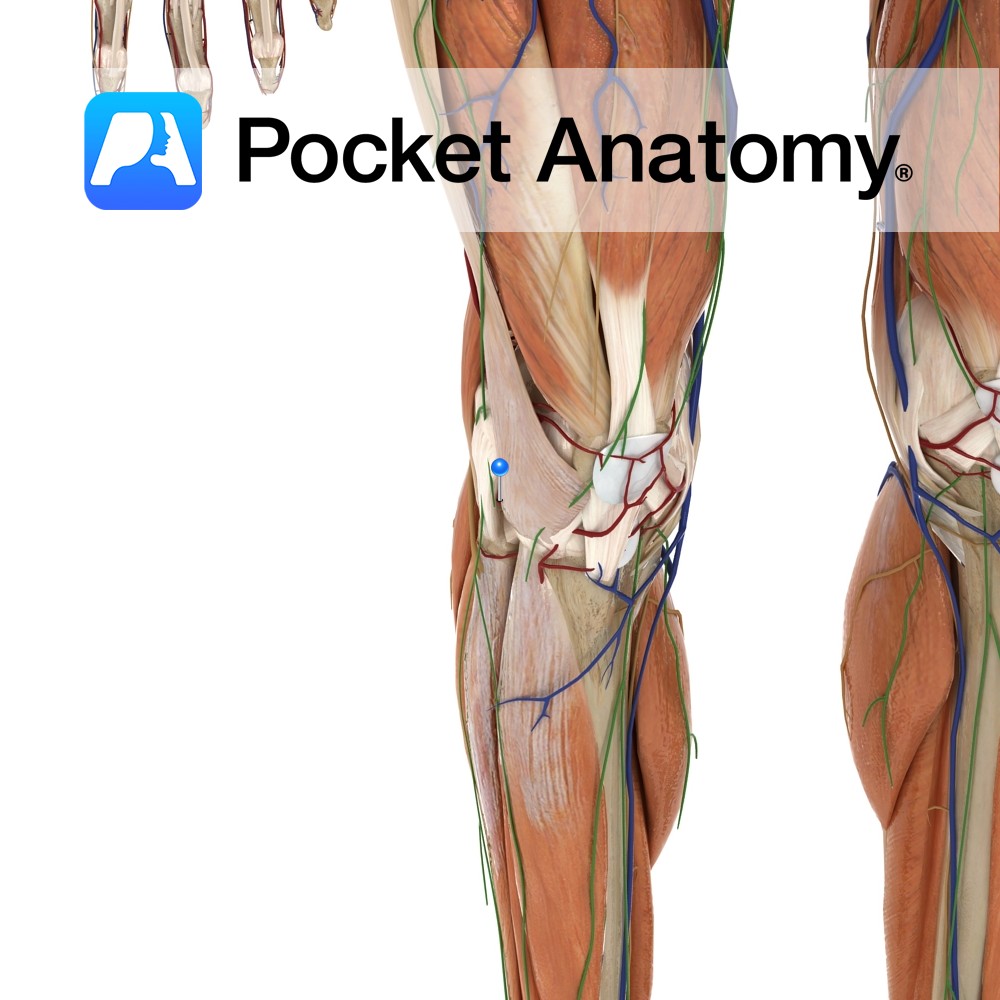Motion
The carpometacarpal joint of the thumb is a condyloid synovial saddle joint between the trapezium and the first metacarpal. It is separate from the other CMCs in the hand. It allows flexion, extension, abduction, adduction, circumduction and opposition (medial rotation with flexion). The joint is allows much more mobility than the other CMC joints. Opposition is the most important movement of the thumb, in which the tip of the thumb is brought into contact with the tip of the fingers for example if you pick up a pen. This movement is also known as the precision grip.
Stability
There is a separate fibrous capsule for the CMC joint of the thumb. It is thick but loose to provide mobility rather than stability.
Important ligaments connecting the first metacarpal and the trapezium are:
-Lateral ligament
-Anterior ligament
-Posterior ligament.
Muscles
Flexion:
Flexor pollicis brevis
Opponens Pollicis
Flexor pollicis longus
Extension:
Abductor pollicis longus
Extensor pollicis longus
Extensor pollicis brevis
Abduction:
Abductor pollicis brevis
Abductor pollicis longus
Adduction:
Adductor pollicis
Circumduction:
The extensors, abductors, flexors and adductors act consecutively in this or reverse order
Opposition:
Flexor pollicis brevis
Opponens Pollicis.
Clinical
The anatomical ‘snuff box’ or radial fossa is a depression on the dorsolateral aspect of the hand, which is visible when the thumb is fully extended. The boundaries of the snuff box consist of the abductor pollicis longus and extensor pollicis brevis anteriorly, the extensor pollicis longus posteriorly, the styloid process of the radius proximally and the base of the first metacarpal distally.
Structures in the floor of the snuff box include the radial artery, scaphoid and trapezium between the styloid process of the radius and the first metacarpal. It is important clinically as the scaphoid is palpable within the snuffbox allowing the clinician to assess for a fracture.
Interested in taking our award-winning Pocket Anatomy app for a test drive?




